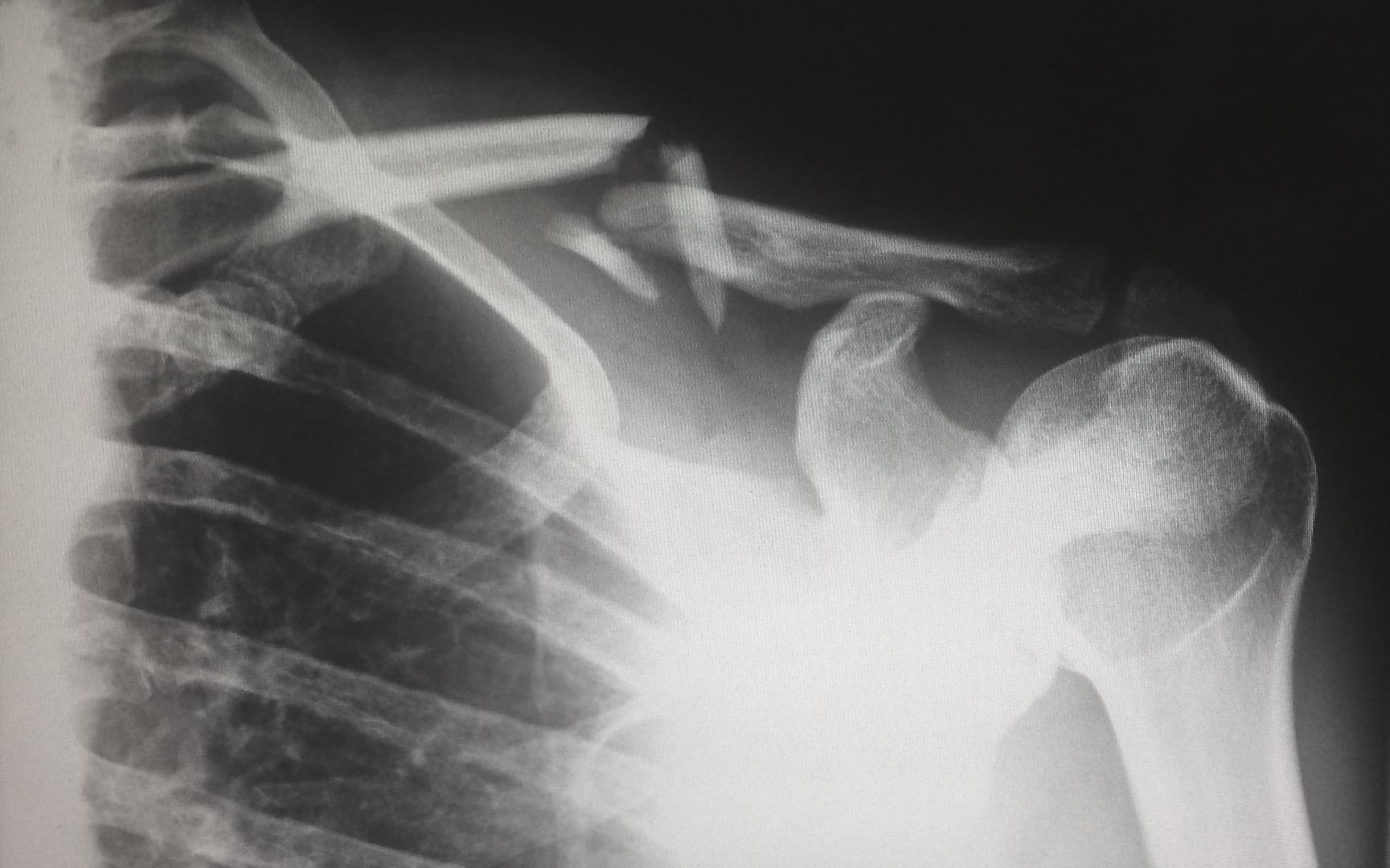
Since the shift away from screen-film radiography, imaging facilities have two basic choices for digital radiography systems: computed radiography (CR) or digital radiography (DR). With ongoing technological advancements and the significant reduction in price, DR is rapidly becoming the preferred choice.
Digital radiography image
Computed radiography (CR) cassettes use photo-stimulated luminescence screens to capture the X-ray image, instead of traditional X-ray film. The CR cassette goes into a reader to convert the data into a digital image. Digital radiography (DR) systems use active matrix flat panels consisting of a detection layer deposited over an active matrix array of thin film transistors and photodiodes. With DR the image is converted to digital data in real-time and is available for review within seconds.
While both CR and DR have a wider dose range and can be post processed to eliminate mistakes and avoid repeat examinations, DR has some significant advantages over CR. DR improves workflow by producing higher quality images instantaneously while providing two to three times more dose efficiency than CR.
The good and bad of CR is that it enables digital imaging with the traditional workflow of X-ray film. With CR, like film, no synchronization to the generator is required, which had been a requirement for DR imaging. However, recent advances in DR panels are improving their flexibility, portability, and affordability.
Workflow
DR offers superior throughput compared to CR because it embeds the imaging processing cycle in the acquisition task: images can appear as quickly as five seconds. CR involves more steps because cassette processing takes longer. Consequently, DR improves workflow because more images can be taken and processed in the same amount of time, allowing imaging facilities to handle more patients in a given period of time and consequently lower the cost per image.
Dose Efficiency
Both GOS (gadolinium oxysulfide)- and CsI (cesium iodide )-based DR detectors have higher dose efficiency than CR. When DR with CsI is used, DR systems are two to three times more efficient at converting dose to signal than CR. This increased dose utilization means that DR can produce the same image quality as CR at a lower dose or that DR can produce higher contrast resolution images than CR using the same dose.
Overcoming Challenges in DR: Flexibility, Portability, and Cost
The latest generation of wireless DR detectors with vTrigger (automatic beam detection) achieve the traditional use case of both CR and film, but with the benefits of much higher throughput and improved dose efficiency. vTrigger or automatic beam detection capability enables a simple path to digital retrofits, since no integration with the X-ray generator is required.
In addition, panels are now equipped with a data processing engine and carry their own calibration files, which allows the images to be corrected on the panel. With the calibration data stored on the panel, the DR cassettes are more portable between equipment and rooms. On-panel image corrections decrease the image transmission time and improve the wireless link robustness by reducing the number of images transmitted with each image acquisition. State-of-the art DR panels are now also equipped with the most advanced wireless networking standard—802.11ac—significantly increasing transmission speed and reliability. In addition, improvements in low-power electronics have increased battery life significantly, such that a single battery will last through an 8-hour shift.
Future panels will enable advanced applications like tomosynthesis and dual-energy imaging. Ultimately, these advances will greatly improve patient care by maximizing imaging efficiency while minimizing radiation exposure.
Articles

VAREX TO PRESENT AT THE JEFFERIES GLOBAL HEALTHCARE CONFERENCE
Varex Imaging Corporation (Nasdaq: VREX) announced today that management is scheduled to present at the Jefferies Global Healthcare Conference in New York.

VAREX ANNOUNCES NON-INTRUSIVE CARGO INSPECTION SYSTEMS ORDERS VALUED AT $25 MILLION
Varex Imaging Corporation (Nasdaq: VREX) today announced that it has received orders for its high-energy non-intrusive cargo and vehicle inspection systems valued at approximately $25 million USD from an international customer.

VAREX ANNOUNCES FINANCIAL RESULTS FOR SECOND QUARTER FISCAL YEAR 2025
Varex Imaging Corporation (Nasdaq: VREX) today announced its unaudited financial results for the second quarter of fiscal year 2025.

VAREX TO PRESENT AT OPPENHEIMER 35TH ANNUAL HEALTHCARE MEDTECH & SERVICES VIRTUAL CONFERENCE
Varex Imaging Corporation (Nasdaq: VREX) announced today that management is scheduled to present at the Oppenheimer 35th Annual Healthcare MedTech & Services Virtual Conference.

VAREX ANNOUNCES FINANCIAL RESULTS FOR FIRST QUARTER FISCAL YEAR 2025
Varex Imaging Corporation (Nasdaq: VREX) today announced its unaudited financial results for the first quarter of fiscal year 2025.
VAREX TO PARTICIPATE IN CJS SECURITIES 25TH ANNUAL NEW IDEAS FOR THE NEW YEAR VIRTUAL CONFERENCE
Varex Imaging Corporation (Nasdaq: VREX) announced today that management is scheduled to present at the CJS Securities 25th Annual New Ideas for the New Year Virtual Conference.




